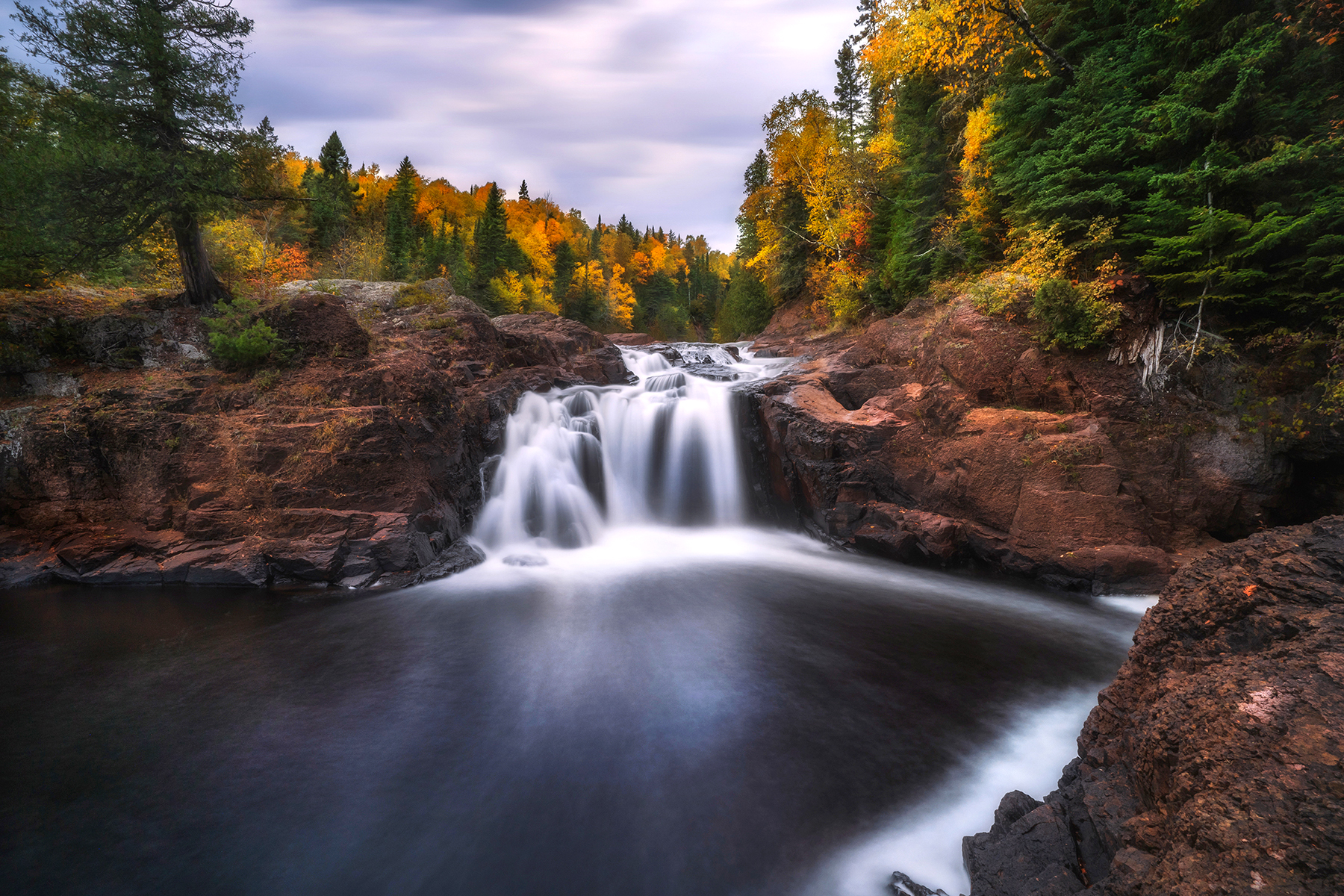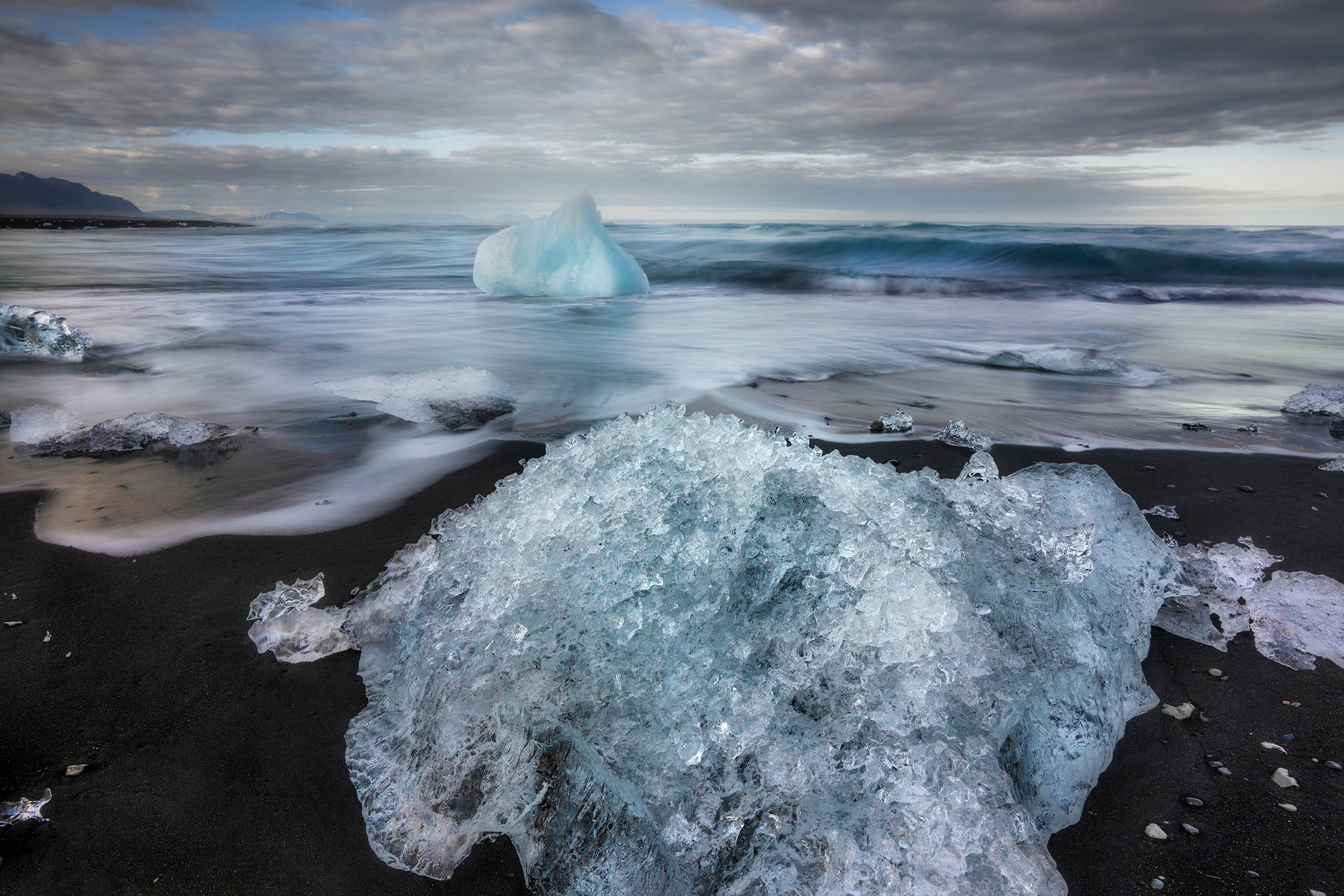
Neutral density filters, or ND filters, are a must-have accessory for any photographer or videographer. They are used to reduce the amount of light entering the camera and can help you create beautiful images and videos. In this blog post, we will uncover the mysteries of neutral density filters and give you an in-depth look at what they are and how to use them.
What is a Neutral Density Filter?
A neutral density filter, or ND filter, is a piece of glass or resin that is attached to the front of the camera lens. It has the same properties as a sunglass lens and is used to reduce the amount of light entering the camera. ND filters come in different strengths, from a very light ND filter that only reduces the light slightly to a very strong ND filter that blocks out most of the light.
The main purpose of an ND filter is to allow you to shoot in brighter conditions without overexposing the image. This is especially useful if you want to shoot slow shutter speeds, as it allows you to keep the shutter speed low and still have the correct exposure.
When you use an ND filter, the amount of light entering the camera is reduced by a certain amount, depending on the strength of the filter. This allows you to shoot in brighter conditions without overexposing the image.
ND filters are also useful for creative purposes. For instance, if you want to have silky smooth moving water in your image, you can use an ND filter to reduce the light and get the desired effect.
Types of Neutral Density Filters
Neutral density filters come in a variety of strengths, from a light ND filter that only reduces the light slightly to a very strong ND filter that blocks out most of the light.
The most common types of ND filters are the standard ND filters, which are available in different strengths, from a light ND filter (ND2) to a very strong ND filter (ND1000).
There are also ND filters that can be stacked to create even stronger effects.
There are variable ND filters, where you turn the fliter to get different strengths of light reduction. And filters that are fixed and only have one option. I prefer to use fixed ND filters when shooting. I find that the variable filters give you heavy vignetting.

Tips and Tricks for Using Neutral Density Filters
Here are some tips and tricks for using ND filters to get the best results:
- Use the correct exposure settings: When using an ND filter, you will need to adjust the exposure settings to compensate for the light reduction.
- Use a tripod: When using an ND filter, it is best to use a tripod to keep the camera steady. This will help to ensure that your images are sharp and clear.
- Use the correct shutter speed: When using an ND filter, you will need to adjust the shutter speed to get the desired effect. Try using Shutter Priority Mode to simplify the process.

Filter Recommendations
My favorite mid-price ranged filters come from a company called Urth. You can find them on Amazon: https://amzn.to/3YH6XIr
Would you like to learn how to use ND filters? Join me for a photography retreat! I cover how to use them for water and clouds.
Learn more about the retreats here.
*Disclosure: I only recommend products I use myself and all opinions expressed here are my own. This post may contain affiliate links that at no additional cost to you, I may earn a small commission.
